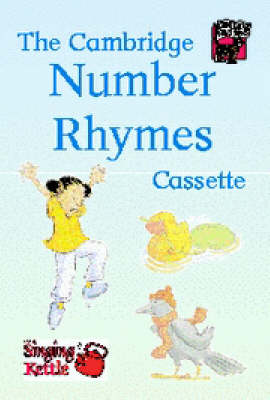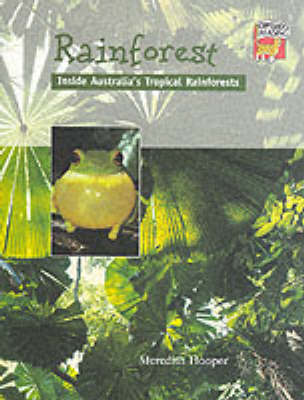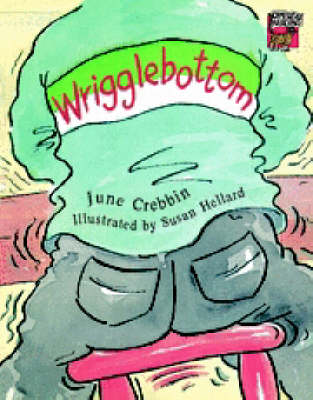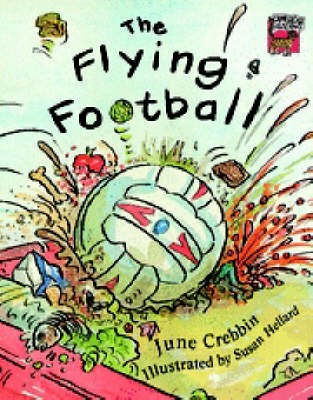Cambridge Reading
229 total works
The Magic Sword Drofa Edition
by Rosemary Hayes, Jean Glasberg, Prof Richard Brown, and Kate Ruttle
Animal Senses Drofa Edition
by Phil Gates, Jean Glasberg, Prof Richard Brown, and Kate Ruttle
The Special Cake Drofa Edition
by June Crebbin, Jean Glasberg, Prof Richard Brown, and Kate Ruttle
Beginning to Read: Developing Sight Vocabulary, Teacher's Guide American English Edition
by Kate Ruttle
Cambridge Number Rhymes Big Book and Cassette Pack
by Gill Budgell and Kate Ruttle
Becoming a Reader Information Books Evaluation Pack
by Meredith Hooper and Phil Gates
Towards Independence Information Books Evaluation Pack
by Phil Gates and Meredith Hooper





